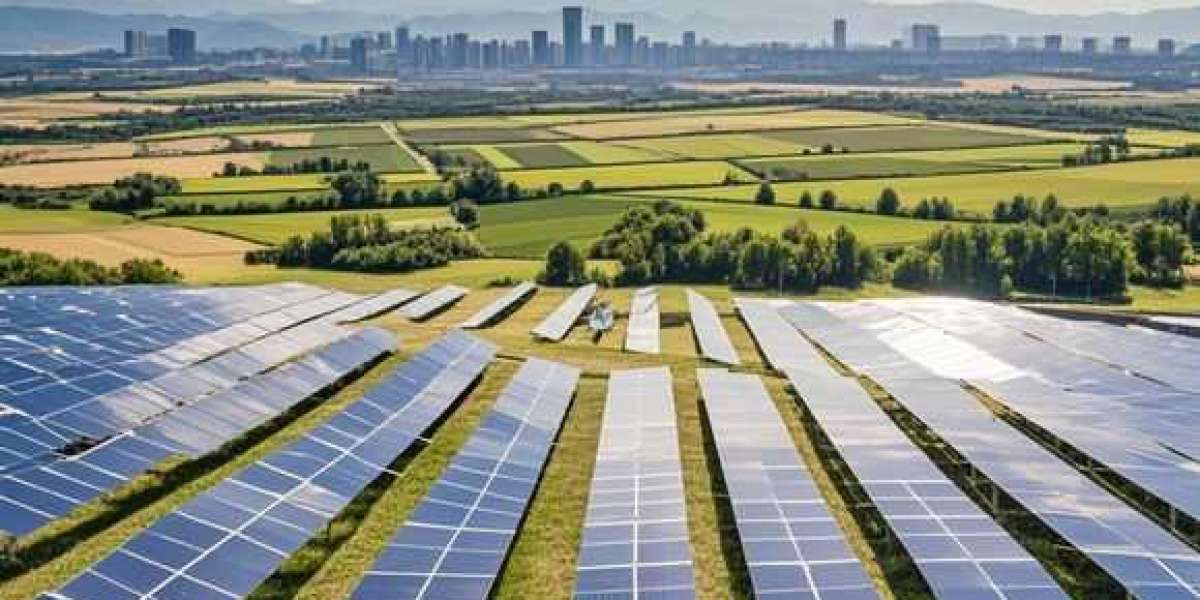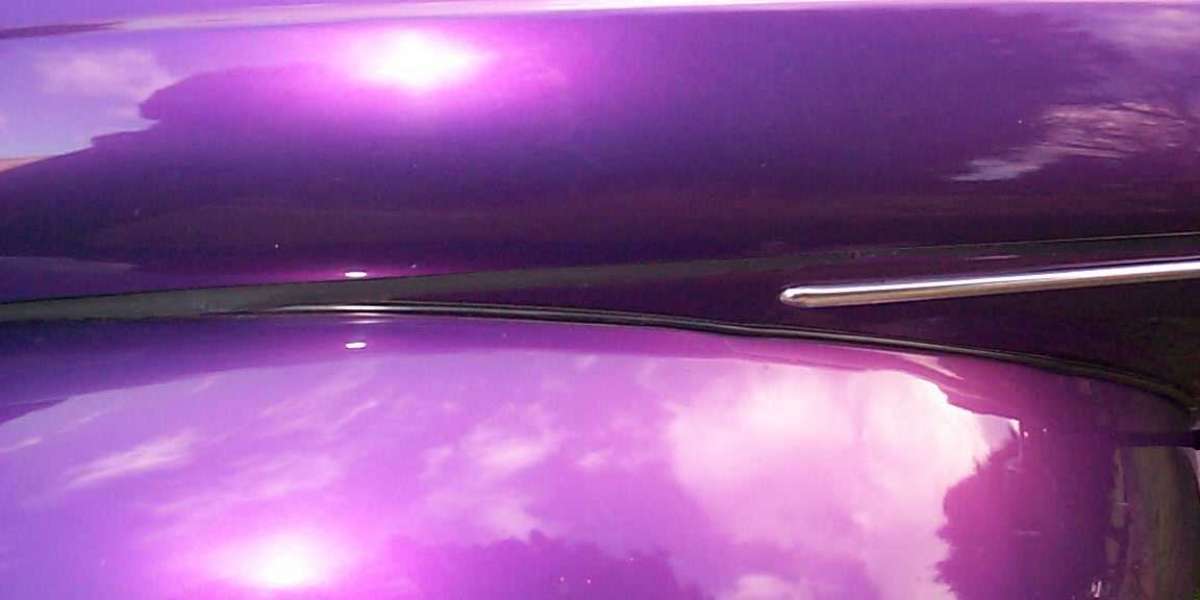Some common quality problems of the 256W double glass panel during the production process are also the main reasons for the power attenuation of the components during the power generation process. The common quality problems mainly include: Everyone may notice that most of the solar panels around us are placed at an Angle, whether on the roof or on the street lamp, they all have a certain inclination Angle.
1. The silicone and EVA residues on the light-receiving surface of the component were not cleaned thoroughly, causing the adhesion of outdoor dust and easily leading to hot spot damage to the component.
2. False soldering
The soldering area of the circuits within the component is too small. Under harsh climatic conditions, under the influence of alternating high and low temperatures, connection failure is prone to occur, ultimately resulting in a significant drop in the component's power.
When soldering batteries, improper use of flux causes EVA to react with the flux, forming a large number of white spots on the battery surface and significantly reducing the power of the component.
3. Bubbles
There are obvious bubbles inside the component. After long-term use, the area of the bubbles will increase and even continuous bubble channels will form, which will cause a decrease in the power of the component and eventually make it unusable.
4. Improper use of flux
The abuse of flux. There is a considerable amount of flux residue on the surface of the solar cell. It was not treated before packaging and still has a corrosive effect after packaging, which can easily cause the soldering tape to turn green, increase the resistance of the module and reduce the power of the module. In addition, when the PH value of the residual flux is relatively low, it may also react with EVA to cause yellowing, resulting in a decrease in the power of the components.
5. Classification of battery cells
The power and current levels of the solar cells in the module are inconsistent, and the actual output power of the module differs greatly from its theoretical power. Inconsistent classification can cause abnormal electrical performance test curves of components, leading to hot spot effects. Long-term use will significantly reduce the power of components.
6.
Cracked battery cells
The power of the solar cells with hidden cracks in the module is slightly lower than that of the normal modules of the same specification. During long-term use, the hidden cracks will intensify and extend, causing more area to decrease from the module circuit. At the same time, it will cause hot spot effect, leading to hot spots on the module and even burning it out.
7. There were internal defects or contamination when the battery cells were selected
Defects in the solar cells will be exposed during long-term use, causing a significant drop in the power of the modules. The selection of solar cell manufacturers is of vital importance. Additionally, component manufacturers should also be equipped with relevant testing instruments, such as EL sorters and EL testers, to reduce the flow of problem solar cells into the production process.
8. The lamination is unreasonable
If the lamination temperature is too high or the lamination time is too long, the yellowing and aging coefficient of EVA will increase after the component is exposed to high temperatures. Long-term outdoor use will cause yellowing of EVA and auxiliary materials such as backsheets, ultimately leading to a significant decrease in the power generation capacity of the component.
9. Destructive influences caused by external environmental factors can lead to power attenuation or even damage of components.
During the later operation of photovoltaic power stations, as most of them are installed in the wild, they will encounter various weather and environmental conditions. Among them, the most likely factor to cause a decrease in module power is the hot spot effect.
The hot spot effect caused by external factors mainly refers to the fact that when solar cell modules are exposed to sunlight, some modules are blocked by dark clouds or leaves and cannot work, causing the temperature of the covered parts to rise much higher than that of the uncovered parts, resulting in dark spots that burn out due to excessive temperature.
Hot spots may cause damage to the entire battery assembly and even lead to the paralysis of the entire power plant, resulting in losses. Therefore, it is necessary to carefully study the internal and external causes of hot spot formation in order to reduce the possibility of hot spot formation.
256W double glass panel https://www.hxsolarpv.com/256w-35v-7501480mm-oemodm-bc-high-efficiency-double-glass-full-black-white-color-for-solar-energy-system.html













